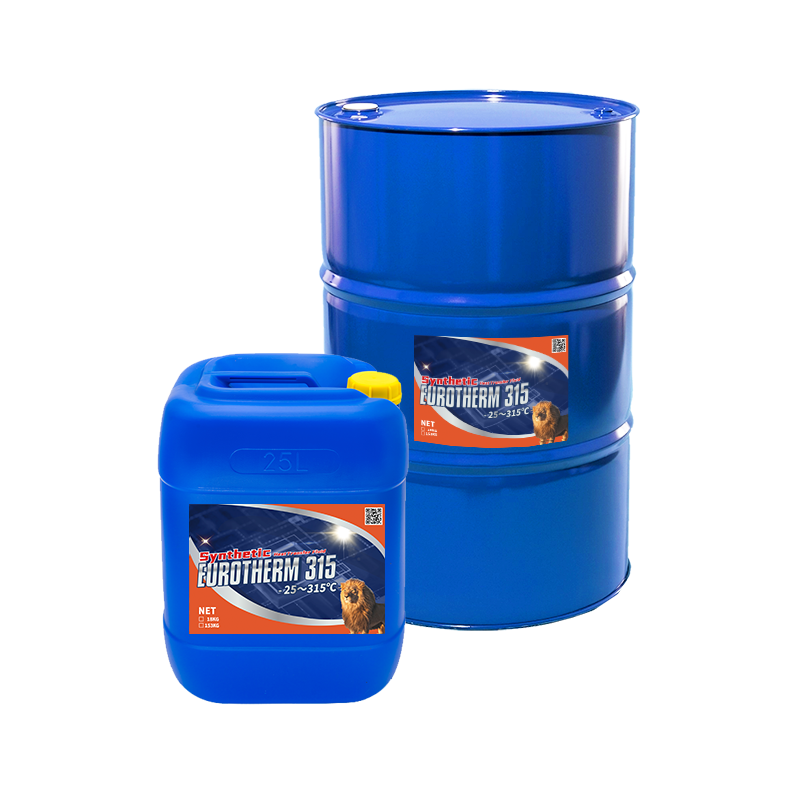More About Chemie
More About Chemie
Blog Article
Chemie for Beginners
Table of ContentsIndicators on Chemie You Should KnowChemie Fundamentals ExplainedChemie - An OverviewThings about ChemieAn Unbiased View of ChemieSome Known Facts About Chemie.
By Bojanna Shantheyanda, Sreya Dutta, Kevin Coscia and David SchiemerDynalene, Inc. Fluid air conditioning, which can be accomplished using indirect or straight ways, is utilized in electronic devices applications having thermal power thickness that might exceed secure dissipation via air cooling. Indirect liquid air conditioning is where heat dissipating electronic components are literally separated from the liquid coolant, whereas in case of straight air conditioning, the components are in straight call with the coolant.In indirect air conditioning applications the electrical conductivity can be vital if there are leakages and/or splilling of the fluids onto the electronic devices. In the indirect air conditioning applications where water based liquids with rust preventions are generally utilized, the electric conductivity of the fluid coolant mainly relies on the ion focus in the fluid stream.
The rise in the ion focus in a shut loop liquid stream may happen due to ion seeping from metals and nonmetal elements that the coolant liquid touches with. Throughout procedure, the electrical conductivity of the liquid may increase to a degree which could be harmful for the cooling system.
How Chemie can Save You Time, Stress, and Money.
(https://chemie999.bandcamp.com/album/chemie)They are bead like polymers that are capable of exchanging ions with ions in a remedy that it is in contact with. In today work, ion leaching examinations were performed with various steels and polymers in both ultrapure deionized (DI) water, i.e. water which is dealt with to the highest degree of purity, and reduced electric conductive ethylene glycol/water blend, with the determined change in conductivity reported in time.
The samples were permitted to equilibrate at room temperature for 2 days prior to recording the initial electric conductivity. In all tests reported in this study fluid electrical conductivity was measured to an accuracy of 1% using an Oakton disadvantage 510/CON 6 series meter which was adjusted before each measurement.
How Chemie can Save You Time, Stress, and Money.
from the wall surface home heating coils to the facility of the heating system. The PTFE example containers were positioned in the heating system when steady state temperature levels were gotten to. The examination setup was gotten rid of from the heater every 168 hours (seven days), cooled down to area temperature level with the electrical conductivity of the liquid gauged.
The electrical conductivity of the fluid example was monitored for a total amount of 5000 hours (208 days). Schematic of the indirect shut loophole cooling down experiment set up. Components used in the indirect shut loop cooling experiment that are in contact with the fluid coolant.

Not known Details About Chemie
During operation the liquid reservoir temperature level was preserved at 34C. The change in fluid electrical conductivity was kept an eye on for 136 hours. The fluid from the system was collected and stored. Shut loop test with ion exchange material was brought out with the very same cleaning treatments utilized. The first electric conductivity of the 230ml UP-H2O in the system determined 1.84 S/cm.

0.1 g of Dowex resin was included to 100g of liquid samples that was taken in a different container. The mixture was mixed and alter in the electrical conductivity at space temperature level was gauged every hour. The determined modification in the electric conductivity of the UP-H2O and EG-LC examination liquids consisting of polymer or steel when engaged for 5,000 hours at 80C dielectric coolant is shown Figure 3.
Fascination About Chemie
Ion leaching experiment: Calculated modification in electric conductivity of water and EG-LC coolants consisting of either polymer or metal examples when immersed for 5,000 hours at 80C. The outcomes show that metals added fewer ions into the liquids than plastics in both UP-H2O and EG-LC based coolants.
Liquids having polypropylene and HDPE showed the most affordable electric conductivity adjustments. This might be due to the short, inflexible, straight chains which are less likely to add ions than longer branched chains with weaker intermolecular pressures. Silicone also carried out well in both test fluids, as polysiloxanes are usually chemically inert because of the high bond power of the silicon-oxygen bond which would protect against destruction of the material right into the liquid.
The Best Strategy To Use For Chemie
It would certainly be anticipated that PVC would produce comparable results to those of PTFE and HDPE based upon the similar chemical frameworks of the products, nevertheless there may be various other pollutants existing in the PVC, such as plasticizers, that may influence the electrical conductivity of the fluid - high temperature thermal fluid. Additionally, chloride groups in PVC can also leach right into the test liquid and can create a boost in electric conductivity
Buna-N rubber and polyurethane showed signs of destruction and thermal decomposition which recommends that their feasible utility as a gasket or adhesive material at higher temperatures might bring about application concerns. Polyurethane entirely degenerated right into the test fluid by the end of 5000 hour examination. Figure 4. Prior to and after pictures of steel and polymer samples submersed for 5,000 hours at 80C in the ion seeping experiment.
Calculated adjustment in the electric conductivity of UP-H2O coolant as a feature of time with and without material cartridge in the shut indirect cooling loophole experiment. The measured adjustment in electric conductivity of the UP-H2O for 136 hours with and without ion exchange material in the loophole is revealed in Number 5.
Report this page